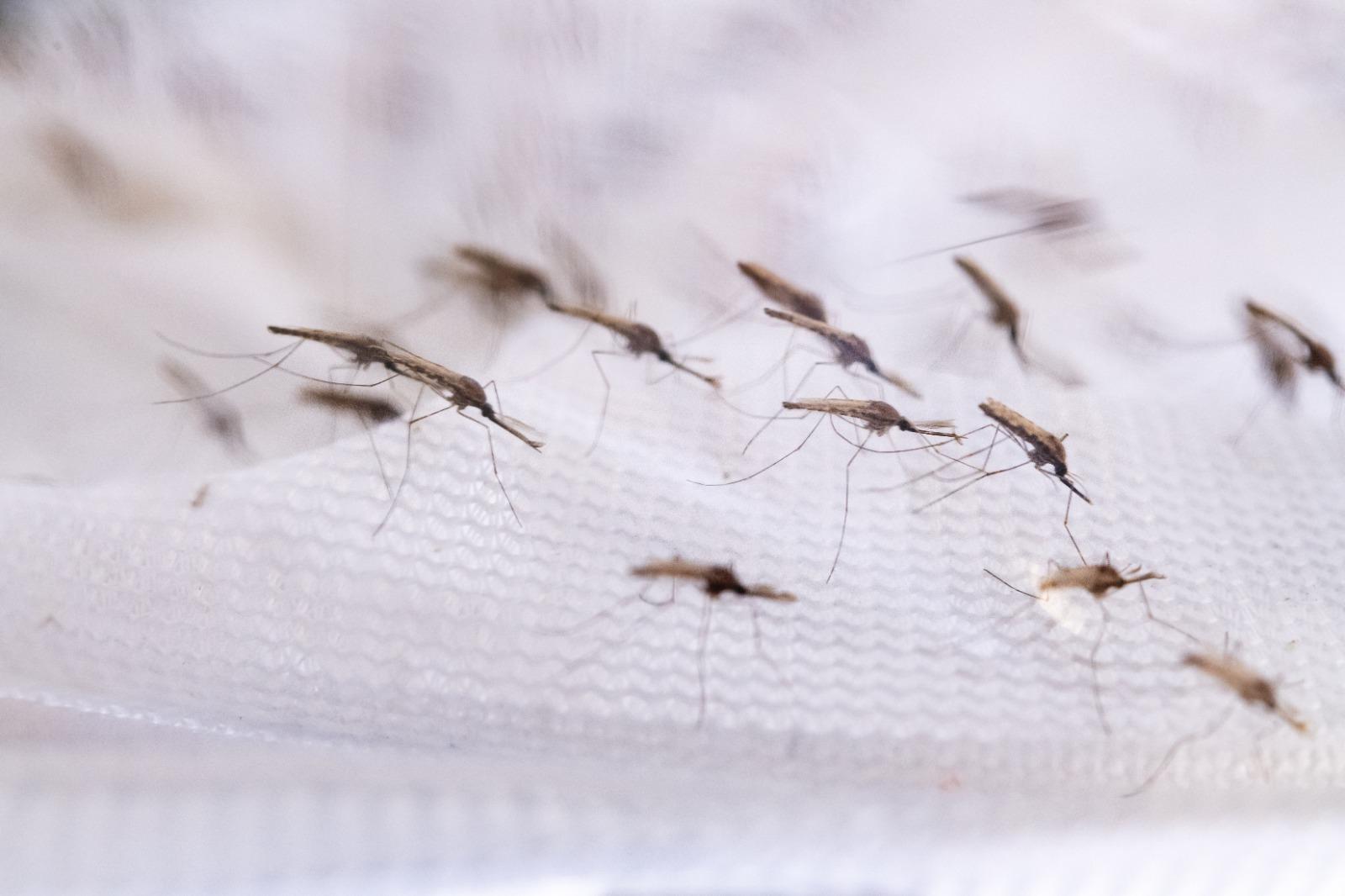Africa-Press – Namibia. At least 11 people have died from about 4 000 cases of malaria recorded in the Ohangwena region since the beginning of the outbreak.
Ohangwena governor Kadiva Hamutumwa, while delivering the State of the Region Address (SORA) on Monday, stated that the region had battled the outbreak since early 2024.
She said that despite interventions and awareness campaigns, the numbers continue to rise, raising concern among regional authorities.
“Treatment is often sought too late, and that contributes significantly to the deaths,” she noted.
According to health minister Esperance Luvindao, nationally, the Ministry of Health and Social Services has recorded an alarming 56,130 malaria cases, resulting in 5,226 hospital admissions and 95 deaths between January and 20 April this year.
“This is too many,” Luvindao said while speaking at a Workers’ Day event in Oshakati in May.
She said the outbreak has impacted endemic regions, namely: Ohangwena, Kunene, Otjozondjupa, Omusati, Oshana, Oshikoto, Kavango East, Kavango West, Omaheke and Zambezi.
Many cases are linked to border transmissions, although the bulk are locally transmitted.
“Of the total number of reported cases, 45,649 (81%) were local transmissions, while 10,466 were imported cases,” the minister said.
Luvindao expressed concern about patients arriving at health facilities in the late and complicated phases of malaria, which severely hinders effective treatment and increases the risk of death.
She urged Namibians to not only look out for signs in themselves but also be their neighbours’ keepers and seek treatment as soon as they suspect infection.
Survivors
Martha Nambili (32), a mother of two from Uukwiyuushona in Oshana region, fell ill in April.
“I thought it was just flu. I had fever, chills and body pains. I kept taking home remedies until I collapsed and was rushed to the clinic,” she narrated.
Nambili said she spent four days in hospital and says she’s lucky to be alive.
She expressed that if she had gone earlier, she would not have suffered that much.
Simon Shikongo (45), from Endola in Ohangwena, said malaria nearly cost him his life in March.
“It started with tiredness and vomiting. I didn’t take it seriously until I couldn’t walk,” he recalled.
Shikongo, said he was admitted at Engela hospital in a critical condition.
“The doctors told me I arrived just in time. I don’t wish that experience on anyone.”
Symptoms and prevention
Luvindao said common symptoms of malaria include fever, chills, headaches, muscle pain, nausea, vomiting, fatigue, diarrhoea and loss of appetite.
The minister urged people to take symptoms seriously and avoid self-diagnosing or delaying medical attention.
The health ministry is collaborating with communities, traditional leaders, local authorities and development partners to strengthen malaria prevention, detection and treatment efforts.
For More News And Analysis About Namibia Follow Africa-Press






